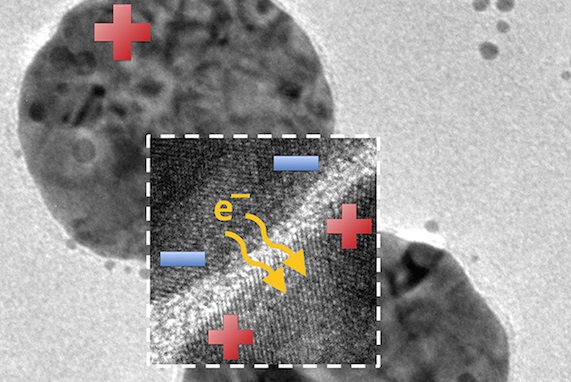31 October 2014
New research has unlocked the secrets of efficiency in nanomaterials, that is, materials with very tiny particles, which will improve the future development of chemical sensors used in chemical and engineering industries.
In an international study University of Melbourne and the National Institute of Standards and Technology in the US found that pairs of closely spaced nano particles made of gold can act as “optical antennas”. These antennae concentrate the light shining on them into tiny regions located in the gap between the nano particles. Researcher developed new technology to detect these levels of light.
Researchers found the precise geometry of nanoparticle pairs that maximises light concentration resolving a hotly debated area of quantum physics. This geometry now determines the efficiency nanoparticle use as a chemical sensor in sensing minute quantities of chemicals in air and water.
Chief Investigator Ken Crozier, a professor of Physics and Electronic Engineering at the University of Melbourne said, “Up until now there were two competing theories surrounding what gap was required between particles to best concentrate the light but we now have the technology to test it.”
The study was published in Nature Communication and provides scientists with a deeper understanding of the physics of nano material.
Lead author Dr Wenqi Zhu, from the National Institute of Standards and Technology (NIST) in the United States performed the work under Crozier’s supervision as a PhD student at Harvard University, said, “We found the ultimate limit for light concentration for fabricated nanoparticles.”
Professor Crozier said “This work is important for engineers and scientists working in the nanomaterial industry.”
The work was supported by the National Science Foundation (United States) and by the Harvard Quantum Optics Center.
Source:
http://newsroom.melbourne.edu/news/quantum-leap-nanoparticle-efficiency















